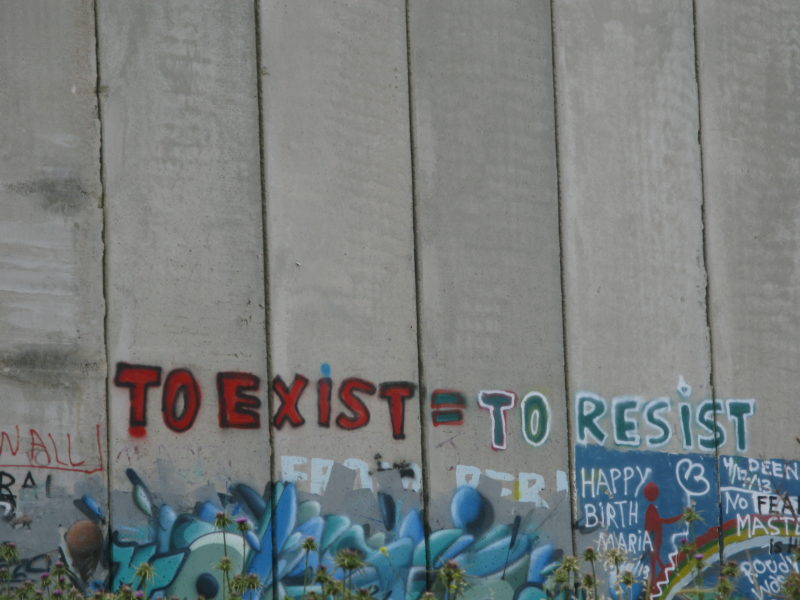This post is part of Aid to Zen – A Quick Guide to Surviving Aid Work from A to Z by Alessandra Pigni.
For those who have been following my blog, you know that I like to try and look at our human experience from a different angle. So as I sit today and start writing about vicarious trauma – the cumulative negative effect of contact with survivors of violence or disaster or people who are struggling – I look back at those situations where I myself have been listening to harrowing stories of violence, and I see another side of vicarious trauma surfacing: vicarious resilience.
What is vicarious resilience? It is a process characterised by a unique and positive effect that transforms us in response to a person’s own resiliency. In other words when listening to tragic stories of loss, we are inspired by the person’s capacity to grow better, rather than bitter when life is tough. In the process we gain strength and motivation.
Let me share an experience of vicarious resilience that occurred to me while gathering material for my book.
Picture this: after wading through the Istanbul rush hour, I arrived late and apologetic to a meeting with F., a Syrian volunteer with the Red Crescent. I felt guilty: I was forty minutes late and tired of talking to humanitarians exhausted by poor management, overwork, and conflicts with colleagues. This was one of my last interviews and I was in no mood for it. I just hoped it would be over quickly and I could go home.
As soon as F. started to tell me about his life in Syria we moved into a different space—a space filled with meaningful and painful events, with stories of joy, tragedy, and resilience amidst the rubble of war.
“I was a volunteer in Syria for four years. I was arrested, kidnapped, and beaten in prison, but I was alive…. I had a goal in Syria—being a volunteer is the best thing, you work from the heart. I lost many friends— my friend in Homs died in my arms—but I don’t regret anything I did. With my friends who were also volunteers we were happy; I never laughed again like I did when I was in Syria. Here I’m sad, I work in an office. Office work … is bad …. I want to return to Syria….” He offered me a detailed account of his work as a volunteer, of his encounters with suffering and death, and then he took me by surprise with these words: “I am so lucky, I have lived things in Syria that a person who has lived a hundred years elsewhere will not live. I had hopes, dreams.”
I was in awe, humbled by the depth, generosity, and humanity of this young man. Over two hours later I walked home, my heart heavy and inspired. This is how vicarious resilience must feel like. Even now, as I recall that encounter, I hope I will never shake off the impact that F. had on me and often wonder if he did return to Syria and how he is.
While we need to protect ourselves from vicarious trauma, I have met many aid workers who just like me have come out inspired, rather than ‘traumatised’ from encounters with people who have suffered more than we can imagine. We are confronted with stories of sorrow and disruption, as well as resourcefulness, courage and kindness. Sometimes, to come out the other end “shattered but still whole”, we just need to look out for signs of vicarious resilience, and not just for symptoms of vicarious trauma.

Bethlehem, the wall
***
What to read:
Vicarious Resilience: A New Concept in Work With Those Who Survive Trauma

